15 Things Europeans Don’t Get About US Kitchens
15 Things Europeans Don’t Get About US Kitchens
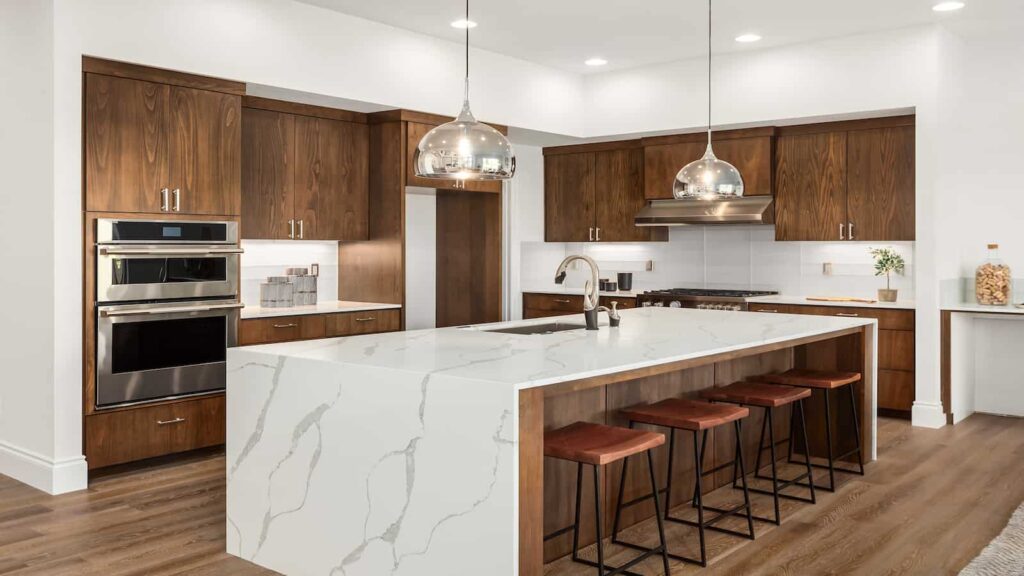
When Americans and Europeans discuss kitchens, it’s not just recipes that are on the table but also kitchen habits that are quite distinct. American kitchens often feature appliances and practices that might seem unusual or extravagant to Europeans.
From double ovens to butter dishes left on countertops, these practices can be surprising to those from across the Atlantic. Let’s explore 15 typical American kitchen habits that Europeans often find odd.
1. Using Garbage Disposals

Garbage disposals are a staple in many American homes, commonly found installed in kitchen sinks to grind up food waste. This method is convenient for handling leftovers, but it’s not widely adopted in Europe, where traditional methods like composting or using bio bins are more prevalent.
Europeans might find the idea of a device that consumes electricity to dispose of food waste quite unusual, as environmental concerns and different waste management systems take precedence.
2. Large Refrigerators
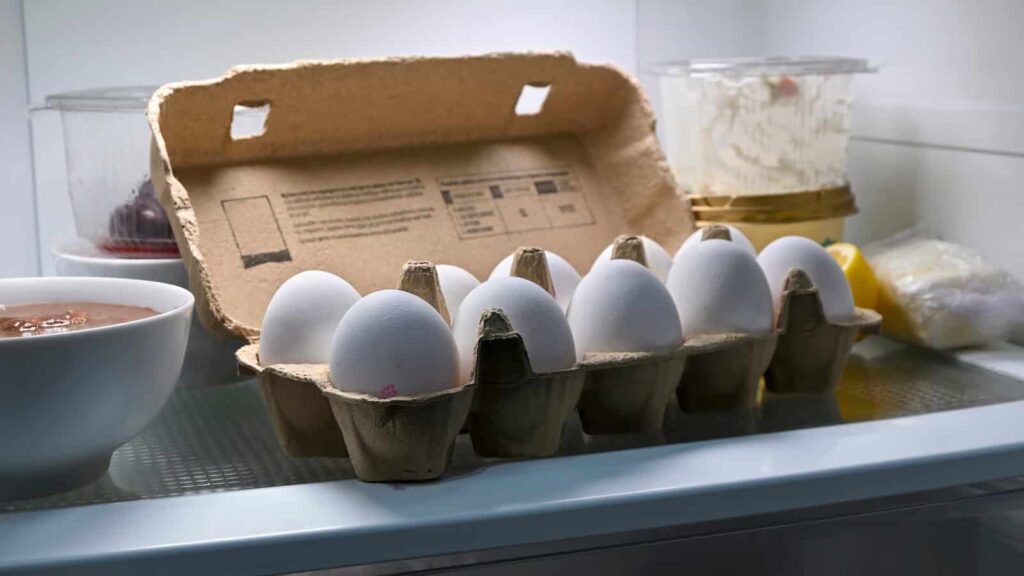
Walk into an American kitchen, and you might be surprised by the size of the refrigerators. They are often much larger than their European counterparts. In America, it’s common to have a spacious fridge to store bulk purchases from big supermarkets or for storing large amounts of food and beverages for family gatherings.
In contrast, Europeans tend to shop more frequently for fresh foods and typically manage with smaller fridges, making the American giant fridges a peculiar sight for them.
3. Microwaving Everything
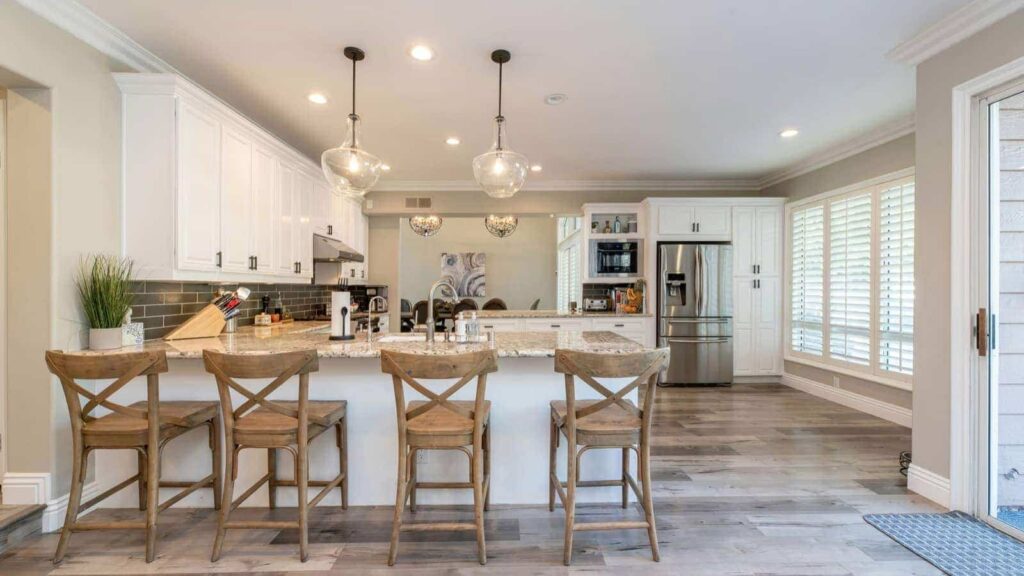
Microwaves are extremely popular in American kitchens for reheating food or even cooking meals. The convenience it offers is highly valued in the fast-paced American lifestyle.
However, many Europeans prefer using traditional cooking methods like stovetop or oven cooking, considering them not only a healthier choice but also a way to preserve the quality and taste of the food. The heavy reliance on microwaves in American kitchens can therefore be quite baffling to European visitors.
4. Electric Can Openers
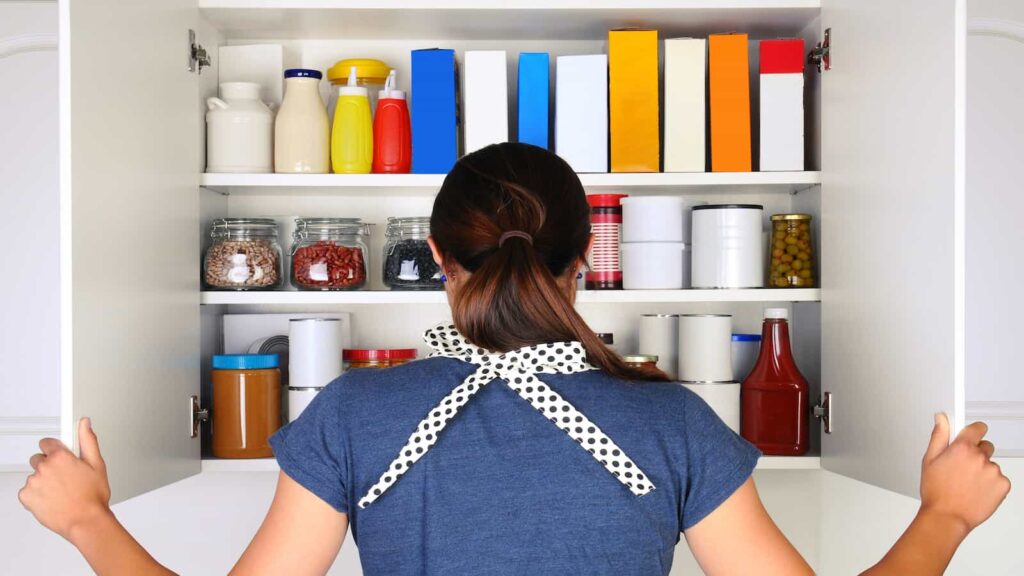
Another gadget commonly found in American kitchens is the electric can opener, a device that might seem unnecessary or overly complex to Europeans who are accustomed to using manual can openers.
Electric can openers reflect the American love for gadgets that enhance convenience and efficiency, even in simple tasks like opening a can.
5. Pre-packaged Foods

American supermarkets are filled with a vast selection of pre-packaged and convenience foods, from frozen dinners to pre-cut vegetables. Busy lifestyles drive the demand for these products, emphasizing speed and ease in meal preparation.
Europeans, who often take pride in cooking from scratch with fresh ingredients, might find the American dependency on pre-packaged goods odd and contrary to culinary traditions.
6. Ice Makers

Many American refrigerators come equipped with built-in ice makers, a feature that is less common in European models. Americans love their ice-cold drinks year-round, hence the popularity of this feature.
In Europe, where drinks are often served less chilled, the need for constant ice production is less prevalent, making this an unusual feature for Europeans visiting America.
7. Over-the-Range Microwaves
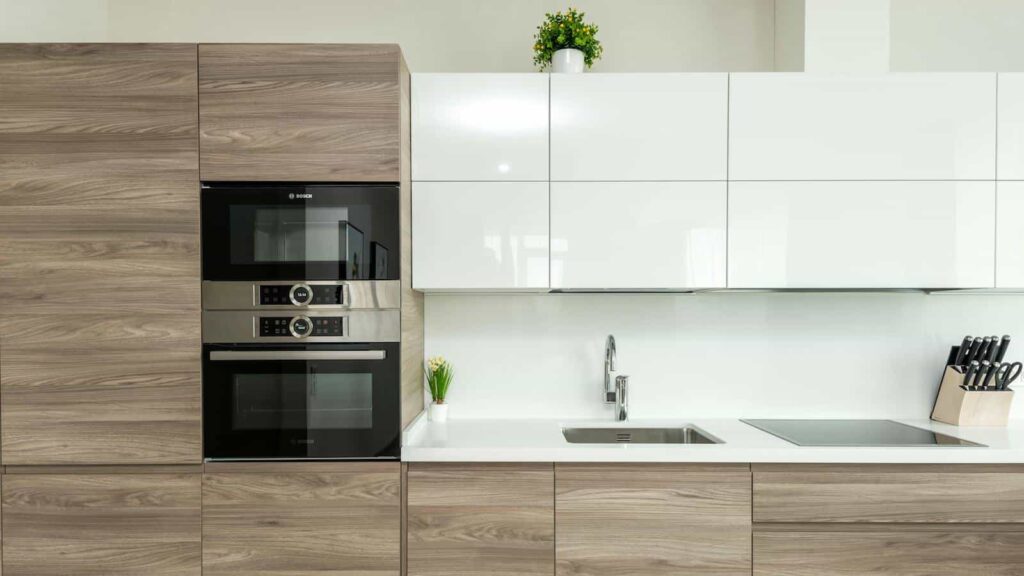
In American kitchens, it is common to see microwaves installed over the range. These appliances often double as exhaust fans. This setup saves counter space and provides a central cooking area.
European kitchens, however, might use range hoods for ventilation and prefer placing microwaves in a different location, making the American style curious and unfamiliar.
8. Using Paper Towels
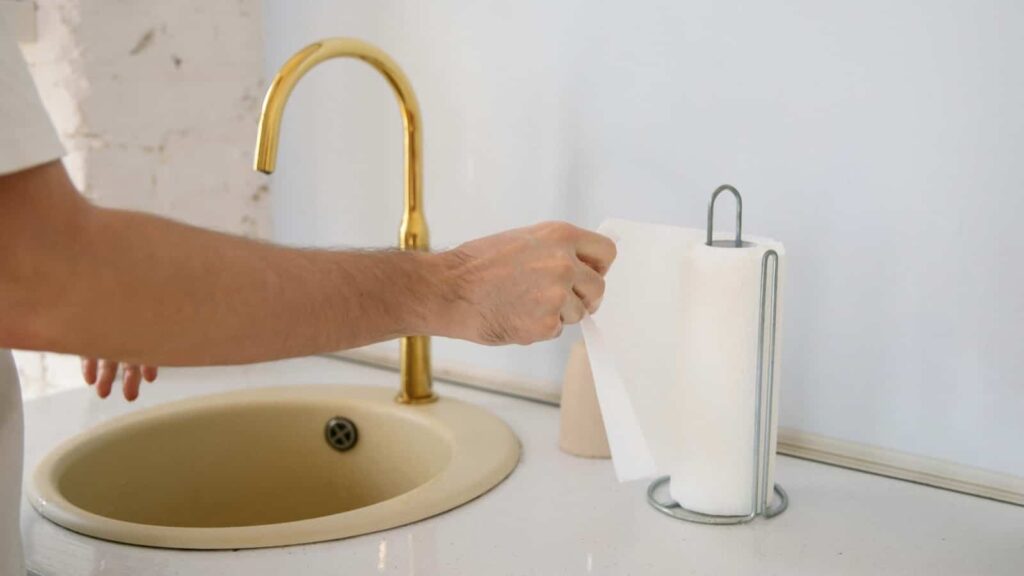
Americans use paper towels extensively in the kitchen for everything from wiping hands to cleaning up spills. This habit can be surprising to Europeans who are more likely to use cloth towels or sponges that can be washed and reused, aligning with environmentally friendly practices more common in European households.
9. Dishwashers
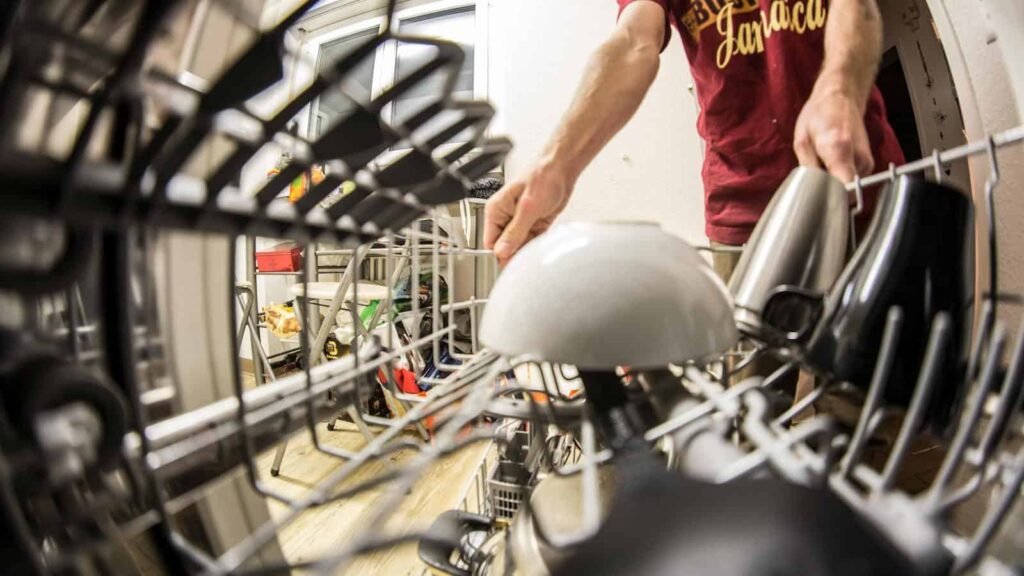
Large, built-in dishwashers are a common feature in American households, reflecting a preference for convenience and efficiency in cleaning large loads of dishes. In contrast, European homes might have smaller dishwashers or none at all, with many people preferring hand washing, especially in households with fewer members.
Small Town Life: 15 Habits Americans Don’t Realize Are Weird For Foreigners
10. Snack Cabinets

Snack cabinets, dedicated spaces filled with various snacks, are a typical sight in American kitchens. This habit caters to the American snacking culture, which is less prevalent in Europe where meals are more defined and snacking is less frequent.
11. Coffee Makers

Drip coffee makers are very popular in the United States, contrasting with the European preference for espresso machines.
The American coffee culture with its large cups and lighter brews contrasts with the European taste for stronger, smaller servings of coffee, making the common American coffee maker a peculiar sight in European eyes.
12. Double Ovens
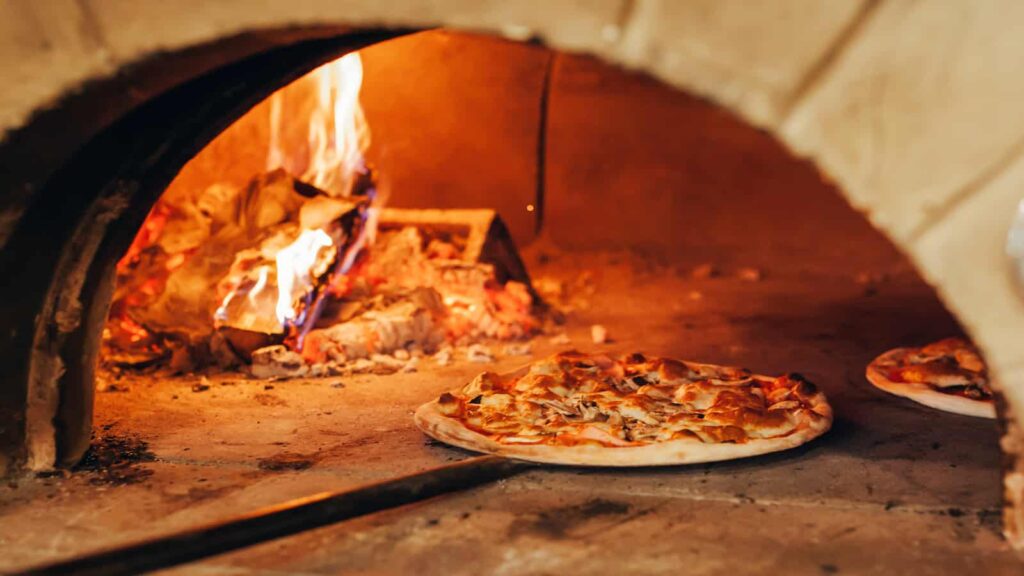
Some American homes feature kitchens with two ovens, which provides convenience for preparing multiple dishes at once, especially useful during holidays or large gatherings.
This is quite rare in Europe, where kitchen space is often more limited and cooking practices are different.
13. Walk-In Pantries

Large, walk-in pantries are a dream feature of many American kitchens, providing plenty of space for storing bulk groceries and various kitchen appliances.
In Europe, where homes and kitchens tend to be smaller, such a spacious storage area is unusual and can seem luxurious.
14. Filtered Water Taps

In American kitchens, it’s not uncommon to find built-in water filters either integrated into faucets or refrigerators. These systems provide immediate access to purified drinking water and reflect the American emphasis on convenience and health.
In Europe, where bottled water is commonly consumed, such an installation is less frequent.
15. Butter Dishes

Keeping butter unrefrigerated in a dish on the counter is a typical practice in many American kitchens, allowing the butter to stay spreadable.
In contrast, Europeans often keep butter refrigerated, finding the American practice unhygienic or simply unusual due to different climate conditions and preferences regarding butter consistency.
20 US Road Trips That Are Worth Doing Once In Your Life

20 US Road Trips That Are Worth Doing Once In Your Life
10 Most Deadly National Parks In The USA

10 Most Deadly National Parks In The USA
7 US Small Towns That Will Take Your Fall Romance To Another Level

7 US Small Towns That Will Take Your Fall Romance To Another Level
We are Mary and Eric, the founders of Be Right Back, a blog dedicated to romance around the globe and at home.
We are Mary and Eric, the founders of Be Right Back, a blog dedicated to romance around the globe and at home. With over 10 years of experience in dating and traveling to romantic places, we share our favorite date ideas and romantic destinations to help couples level up their relationships. Having lived in and traveled through the USA, we also share our favourite things to do in the States.
With 70,000 monthly readers and 16,000 followers on social media, Be Right Back is your go-to resource for romantic trip ideas and couple activities at home and abroad.
